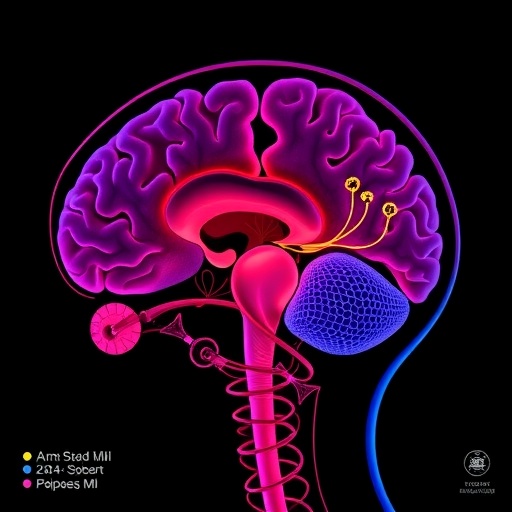Regulation of genes by noncoding DNA might help explain the complex interplay between our environment and genetic expression
It takes just 2 percent of the human genome to code for all of the proteins that make cellular functions — from producing energy to repairing tissues — possible.
So what does the other 98 percent do?
A large portion of this so-called noncoding DNA controls the expression of genes, switching them on and off. This regulation is essential because every cell has the same DNA.
In other words, the only thing that makes a muscle cell different from a brain cell is which genes are activated.
It’s why University of Michigan scientists are using sophisticated computational methods to investigate how genetic variation in noncoding DNA can increase a person’s susceptibility to certain diseases, such as diabetes and cancer.
In a new paper in the journal Genetics, they compare five types of regulatory regions that have been identified in the past few years in an effort to figure out how the regions behave in different types of cells.
“When people try to look at how gene regulation occurs, they look at different epigenomic information using sequencing, trying to understand molecular profiles,” says lead author Arushi Varshney, a Ph.D. candidate in human genetics.
Epigenomics refers to changes in the organization of genes caused by factors other than the DNA sequence.
For example, researchers have recently discovered that genetic variants — the slight variations in DNA that make us unique — that are associated with diseases tend to lie in areas of the genome that act as gene regulatory elements called enhancers and promoters.
Enhancers boost the rate of transcription of a gene, much like the accelerator in a car, and promoters initiate transcription of a gene, like a car’s ignition.
“There were a number of papers coming out describing different classes of gene regulatory elements, and it was not clear how they are related,” explains Stephen Parker, Ph.D., assistant professor of computational medicine and bioinformatics and of human genetics.
“Our paper was the first to really compare them,” Parker says. “One of the things that came out is that they’re all different and act differently in different cell types.”
However, the U-M team also discovered that genetic variants in the more cell type-specific enhancers have relatively small effects on their target genes. This could spell trouble for scientists who are comparing thousands of people’s genomes to try to locate genetic variation associated with disease traits.
The U-M authors suggest that these genes are so important for a cell’s function that their transcription is tightly regulated under normal conditions.
“What it means is we’re going to need really large sample sizes to see effects,” Parker says.
Another unexpected finding may eventually explain how genetic variation in regulatory elements makes disease more likely.
Varshney, Parker and their colleagues suggest that enhancers and promoters that are cell-specific — meaning they have bigger effects in certain types of cells — could make it easier for transcription to occur under certain environmental conditions.
They appear to do this by making the cell’s chromatin, the dense protein molecules that the DNA wraps around inside the nucleus of a cell, more accessible.
As a next step in this research, “we think one should look at gene expression of cells under specific conditions,” Varshney says. “For example, if you’re trying to look at type 2 diabetes, maybe look at cells under high glucose conditions, then look at the gene expression and how genetic variants affect gene expression.
“Then, maybe you would be better able to explain how this genetic variant predisposes you to get a disease.”
###
Media Contact
Kelly Malcom
@umichmedicine
734-764-2220
Related Journal Article
https:/
http://dx.





